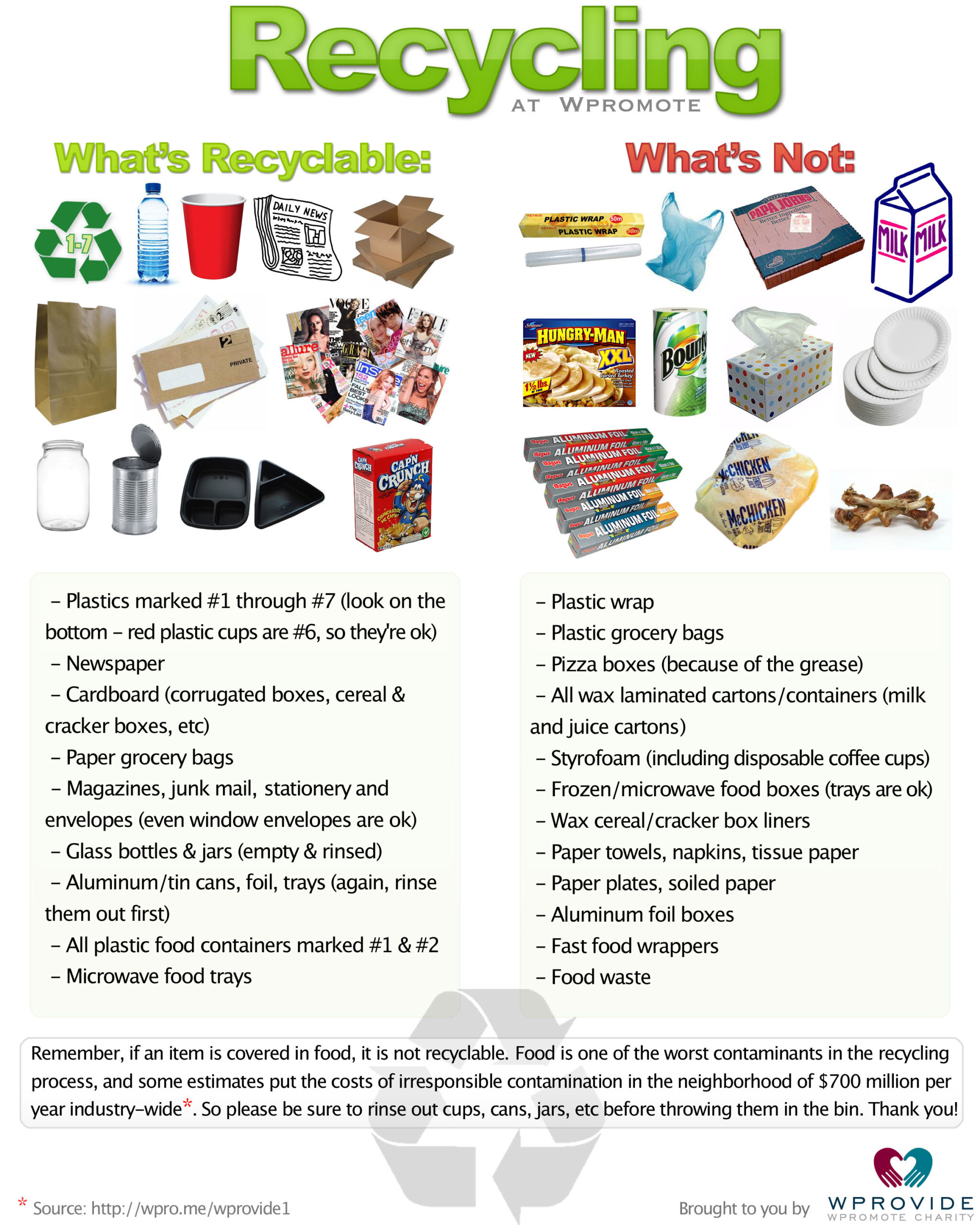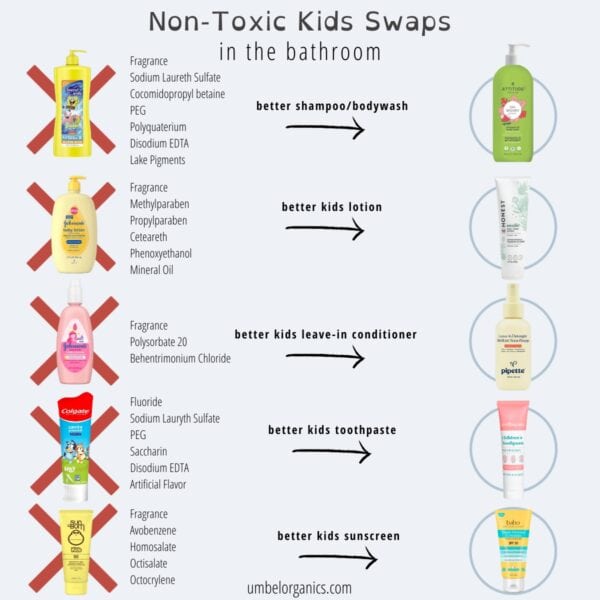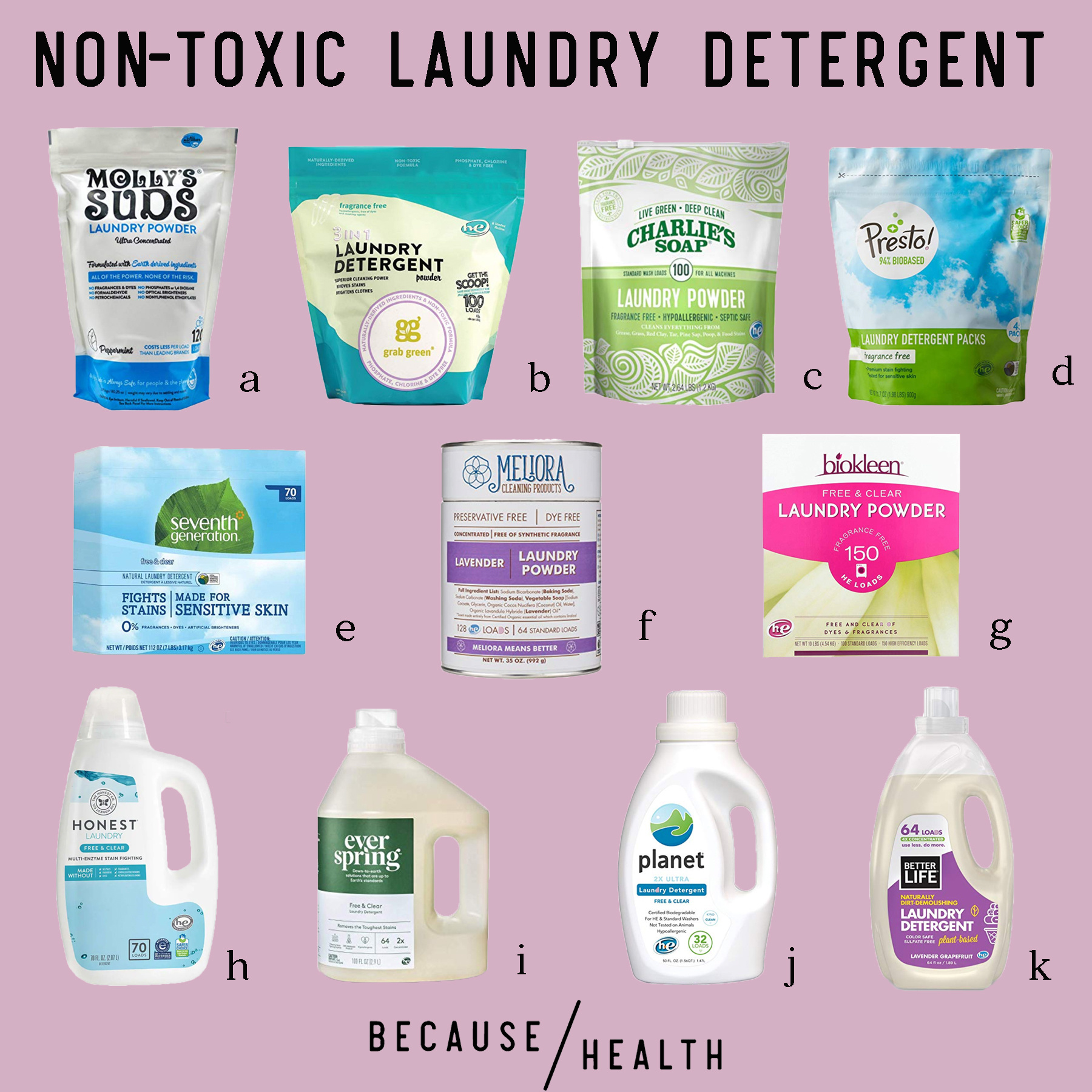Disposing of used razor blades is a task that often goes overlooked, but it’s crucial for safety and environmental preservation. While you might think that these small items can simply be thrown away or recycled, the truth is more complex. You can’t recycle razors just by tossing them in the trash; they require special handling to be disposed of safely.
Whether you’re a daily shaver or an occasional user, understanding the correct disposal method for razor blades is essential. Not only does this protect sanitation workers and wildlife, but it also aligns with environmental conservation efforts. Let’s delve into the safest ways to say goodbye to those used blades.
How To Dispose of Razor Blades Safely
Proper disposal of razor blades isn’t just about safety; it’s about responsibility. Razor blades should be wrapped securely to prevent injury or harm to those who may handle your waste. A DIY blade bank is a simple and effective method for collecting used blades safely at home. To create one, use a punctured can and, once full, seal and label it before disposal.
For those living in areas with specific disposal services, take advantage of these. However, if such services are not available, your blade bank can be thrown in the regular trash, provided it’s well-sealed and clearly marked. Remember, never dispose of loose blades as they pose significant risks to waste handlers and the environment.
Implementing these methods will ensure that you’re not contributing to the hazards associated with irresponsible razor blade disposal. It’s not just about avoiding injury; it’s about being a conscientious citizen.
Wrapping blades in heavy paper or cardboard before disposal is another option. Securing them with tape is also recommended to make sure they don’t pose a threat to sanitation workers. Always ensure that the blades are immobilized to prevent any accidents.
Always check with your local waste management services for specific guidelines, as regulations can vary widely. Some areas may have particular requirements for disposing of sharp objects like razors.
What Are The Risks Of Improper Razor Blade Disposal?
Discarding razor blades without proper precautions can lead to several risks. Not only can they cause serious injuries to sanitation workers, but they can also end up as hazardous waste, potentially harming wildlife. Irresponsible disposal methods contribute to environmental pollution and public health concerns.
The sharpness of razor blades makes them particularly dangerous in the waste stream. If they’re not carefully disposed of, they can pierce waste bags, leading to the risk of cuts or infections for those handling garbage. It’s not just an issue of physical harm; there’s also a legal aspect to consider, as negligence can lead to legal repercussions.
Razor blades are often coated with chemicals and materials that can be harmful to the environment. When not disposed of correctly, they can contribute to soil and water contamination. This is why it’s so important to follow safe disposal practices for these seemingly insignificant items.

The potential for razor blades to become a public hazard is real. They can cause injury long after they’ve been thrown away, posing a threat to children, pets, and anyone who comes into contact with them inadvertently.
Safely disposing of razor blades isn’t just about avoiding immediate harm; it’s also about preventing long-term environmental damage. Ensuring that these blades are disposed of correctly helps to maintain both public safety and ecological balance.
How To Dispose Of Razor Blades In California?
California residents must adhere to specific state regulations concerning the disposal of razor blades. It’s illegal to discard sharps, including razors, in the trash or recycling bins. Instead, you should take them to a designated drop-off site or a household hazardous waste collection event.
For those who frequently use razor blades, it makes sense to invest in a sharps disposal container. Once full, these containers can be taken to an appropriate disposal facility. Some pharmacies and clinics also offer take-back programs for sharps disposal.
Always keep abreast of local laws regarding razor disposal, as ordinances can change. California’s Integrated Waste Management Board provides information on proper disposal methods to ensure adherence to state guidelines.
For a more eco-friendly approach, consider using reusable razors with replaceable blades. While these still need to be disposed of carefully, they produce less waste overall.
Remember, the key is to keep the blades contained and out of reach from those who might accidentally come into contact with them. By following California’s disposal regulations, you’re helping to safeguard the community and the environment.
How To Create A DIY Blade Bank For Safe Disposal?
Crafting a DIY blade bank is a simple and effective way to contain used razor blades. You’ll need a sturdy container, such as a small metal or plastic box with a slot cut into the top. This can be easily made from an old coffee can or similar container.
Once you have your container, make sure the slot is only wide enough for blades to fit through, preventing them from spilling out once inside. It’s crucial to label this container clearly, indicating that it contains sharp objects. Keep this container out of reach of children and pets.
When your blade bank is full, seal it securely with heavy-duty tape. This ensures that the blades won’t escape during disposal. Proper labeling is important here as well; mark it as “Used Razor Blades” for clear identification.
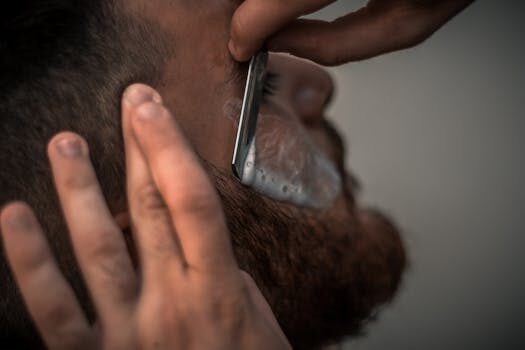
Some choose to decorate their blade banks, making them a discreet yet functional addition to their bathroom setup. Just remember, the priority is safety, so function should always trump form.
Finally, dispose of your full blade bank according to local regulations. Some areas may allow you to dispose of it with your regular trash, provided it’s properly sealed and labeled, while others may require you to take it to a specific disposal site.
Can You Recycle Disposable Razors?
Unfortunately, disposable razors are challenging to recycle due to the combination of materials they’re made from. However, some companies, like Gillette, have partnered with Terracycle to offer recycling programs for these products.
These programs typically involve collecting a quantity of used razors and sending them back to the company or a specialized facility. They then take care of separating the materials and recycling the metal and plastic components responsibly.
While not widely available, these programs represent a growing trend towards more sustainable shaving products and practices. Before purchasing disposable razors, check if the brand offers a take-back program or research other environmentally friendly alternatives.
For a more sustainable choice, consider switching to razors with replaceable blades. These typically have fewer plastic components and are easier to recycle.
Always remember that, while recycling is preferable, the safety of disposal should come first. If you can’t recycle your disposable razors, ensure they’re disposed of in a manner that won’t cause harm.
What Are The Best Practices For Razor Blade Storage?
Proper storage of razor blades is vital for safety and longevity. Keep new and used blades in a dry environment to prevent rust and deterioration. This not only ensures they remain sharp and effective but also reduces the risk of infection from a rusty blade.
For used blades, a blade bank or a specialized sharps container is the best option. These containers are designed to keep blades secure and out of harm’s way until disposal.
If you’re traveling, consider a small travel case or blade bank to store your razors. This keeps them safe and prevents them from damaging other items in your luggage.
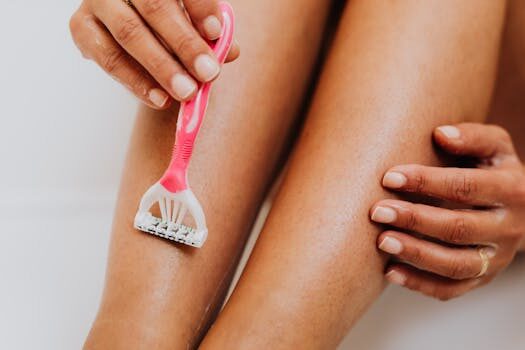
Remember to regularly inspect your storage solutions for wear and tear, and replace them as needed. A damaged container could lead to accidental exposure to sharp blades.
By adhering to these best practices, you can ensure that your razor blades are stored safely and responsibly, reducing the risk of accidents and extending the life of your blades.
How To Dispose Of Gillette Razor Blades?
Gillette, being a leader in the shaving industry, has taken steps to assist consumers with the disposal of their razor blades. Through their partnership with Terracycle, they offer a free recycling program. Users can collect their used blades and plastic razor components and send them to Terracycle for processing.
Signing up for the program is easy, and once you’re registered, Gillette provides all the necessary information on how to collect and ship your used razor components. They’ve made it as convenient as possible to ensure a high participation rate.
For those who prefer to dispose of their blades without participating in a recycling program, the same methods described earlier apply. Ensure the blades are secured in a blade bank or wrapped and taped securely before disposing of them in your household trash.
It’s worth noting that the recycling program is not only for Gillette products. Terracycle’s partnership with Gillette allows for the disposal of all brands of razors and blades, making it an excellent option for environmentally conscious consumers.
Gillette’s initiative is a significant step forward in the responsible disposal of shaving products. By taking advantage of this program, you’re contributing to a cleaner and safer environment.
Related Questions on Razor Blade Disposal
What Are the Dangers of Improperly Disposing of Razor Blades?
Improper disposal of razor blades can lead to severe injuries for sanitation workers, pets, and anyone who might accidentally come into contact with them. They can also contribute to environmental damage if not handled correctly.
Loose blades can easily pierce bags or gloves, leading to cuts and potential infections. It’s also a matter of legal responsibility; careless disposal can result in fines or legal action in some jurisdictions due to the health and safety risks involved.
How Should I Dispose of Razor Blades in NYC?
In NYC, residents should follow the guidelines set by the Department of Sanitation. Used razor blades should be placed in a rigid container, sealed, and labeled before being disposed of with your household trash. Recycling facilities in NYC do not accept loose blades for the safety of their workers.

By following these guidelines, New Yorkers can ensure they are disposing of their razor blades in a manner that protects city workers and aligns with local trash disposal laws.
Are There Any Local Programs for Razor Blade Recycling?
Some communities may offer razor blade recycling programs, often in partnership with companies like Terracycle. Check with your local waste management services to see if such a program is available in your area.
If a local program doesn’t exist, inquire about creating one or explore mail-in recycling options that provide a way to responsibly dispose of used blades while contributing to recycling efforts.
What’s the Best Way to Store Used Razor Blades?
The best way to store used razor blades is in a dedicated blade bank or sharps container. This keeps them secure and prevents any accidental injuries. Ensure the container is dry and located out of reach of children and pets.
Regularly check the container for any damage and replace it if needed. Proper storage not only keeps you and your loved ones safe but also makes disposal much easier when the time comes.
How Can I Safely Dispose of Gillette Razor Blades?
Gillette offers a free recycling program through Terracycle for the safe disposal of their blades. Collect your used blades in a container and ship them to Terracycle for proper processing and recycling.
For those not participating in a recycling program, wrap the blades securely in heavy paper or cardboard, secure with tape, and dispose of them in your household trash following your local guidelines.
Integrating a short video explaining these practices would help visually demonstrate the correct disposal methods. Unfortunately, there are no videos available in the carousel for inclusion at this time. Regardless, the information provided here should guide you through the process of safe and responsible razor blade disposal.
 How to safely clean up and dispose of a broken fluorescent light bulb
How to safely clean up and dispose of a broken fluorescent light bulb
